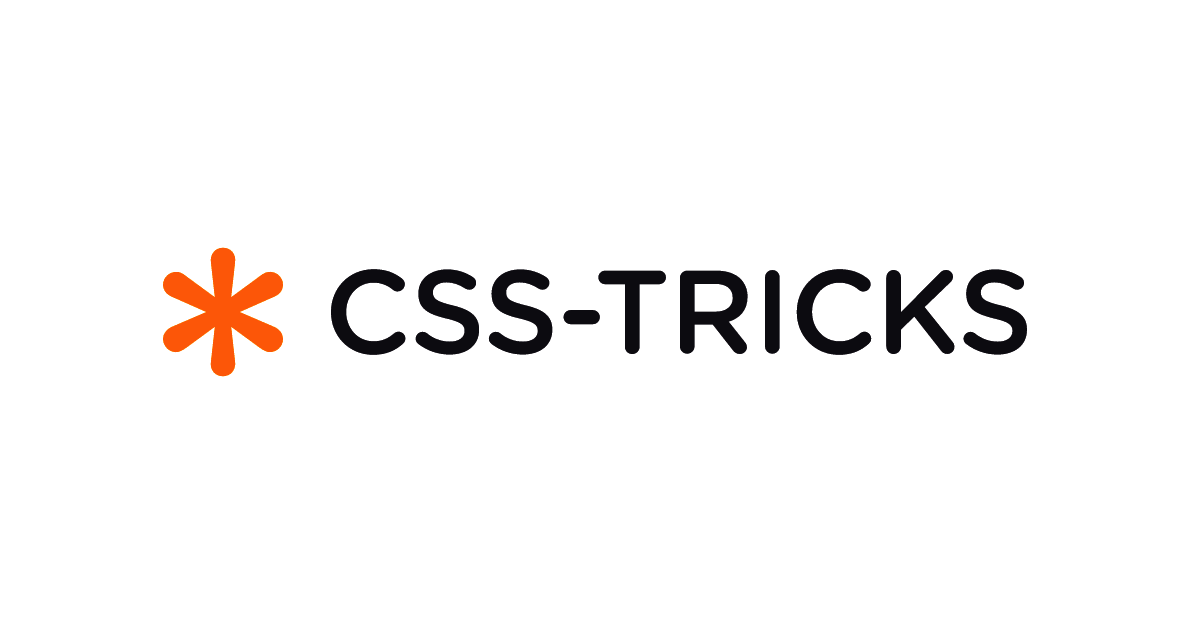DigitalOcean provides cloud products for every stage of your journey. Get started with $200 in free credit!
Eric gifting us with his research on all the various things that anchors (not links) do when they are in :focus.
Turns out, there’s a lot!
That’s an understatement! This is an incredible amount of work, even if Eric calls it “dry as a toast sandwich.” Boring ain’t always a bad thing. Let me simply drop in a pen that Dave put together pulling all of Eric’s findings into a table organized to compare the different behaviors between operating systems — and additional tables for each specific platform — because I think it helps frame Eric’s points.
That really is a lot! But why on Earth go through the trouble of documenting all of this?
All of the previously documented behavior needs to be built in JavaScript, since we need to go the synthetic link route. It also means that it is code we need to set aside time and resources to maintain.
That also assumes that is even possible to recreate every expected feature in JavaScript, which is not true. It also leaves out the mental gymnastics required to make a business case for prioritizing engineering efforts to re-make each feature.
There’s the rub! These are the behaviors you’re gonna need to mimic and maintain if veering away from semantic, native web elements. So what Eric is generously providing is perhaps an ultimate argument against adopting frameworks — or rolling some custom system — that purposely abstract the accessible parts of the web, often in favor of DX.
As with anything, there’s more than meets the eye to all this. Eric’s got an exhaustive list at the end there that calls out all the various limitations of his research. Most of those notes sound to me like there are many, many other platforms, edge cases, user agent variations, assistive technologies, and considerations that could also be taken into account, meaning we could be responsible for a much longer list of behaviors than what’s already there.
And yes, this sweatshirt is incredible. Indeed.
.png)
 4 months ago
58
4 months ago
58



/cdn.vox-cdn.com/uploads/chorus_asset/file/25515570/minesweeper_netflix_screenshot.jpg)




 English (US) ·
English (US) ·